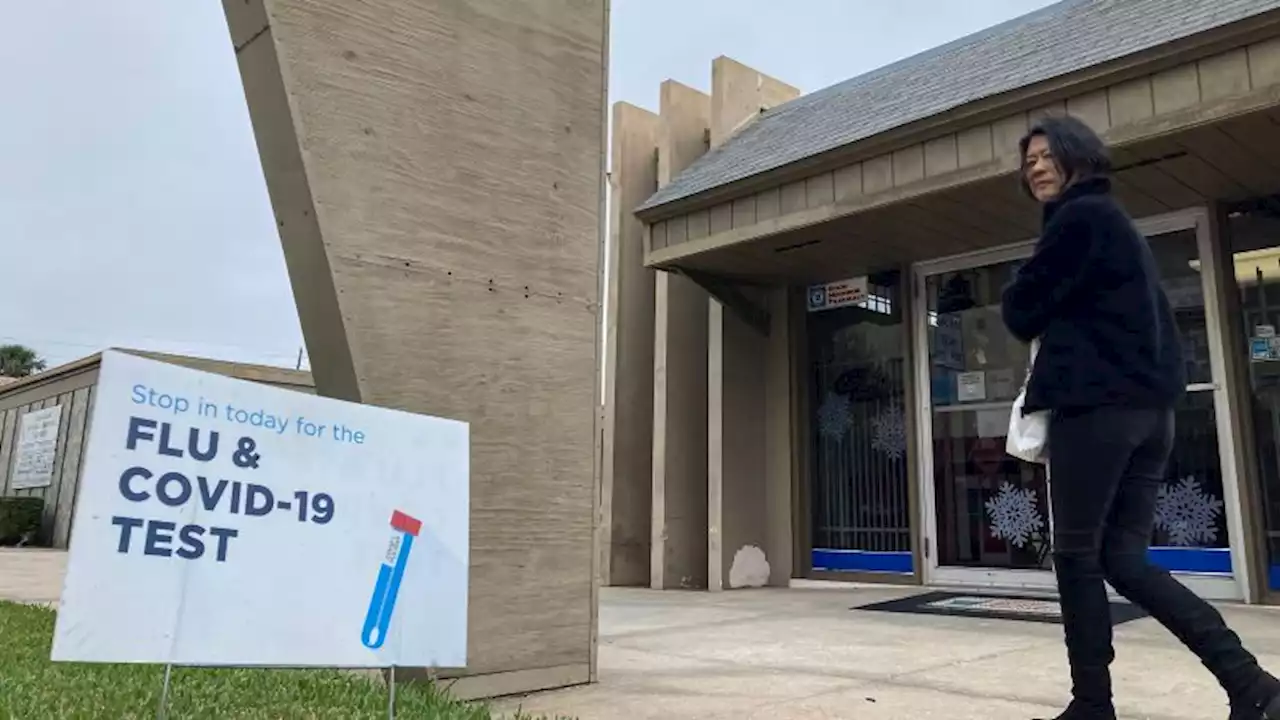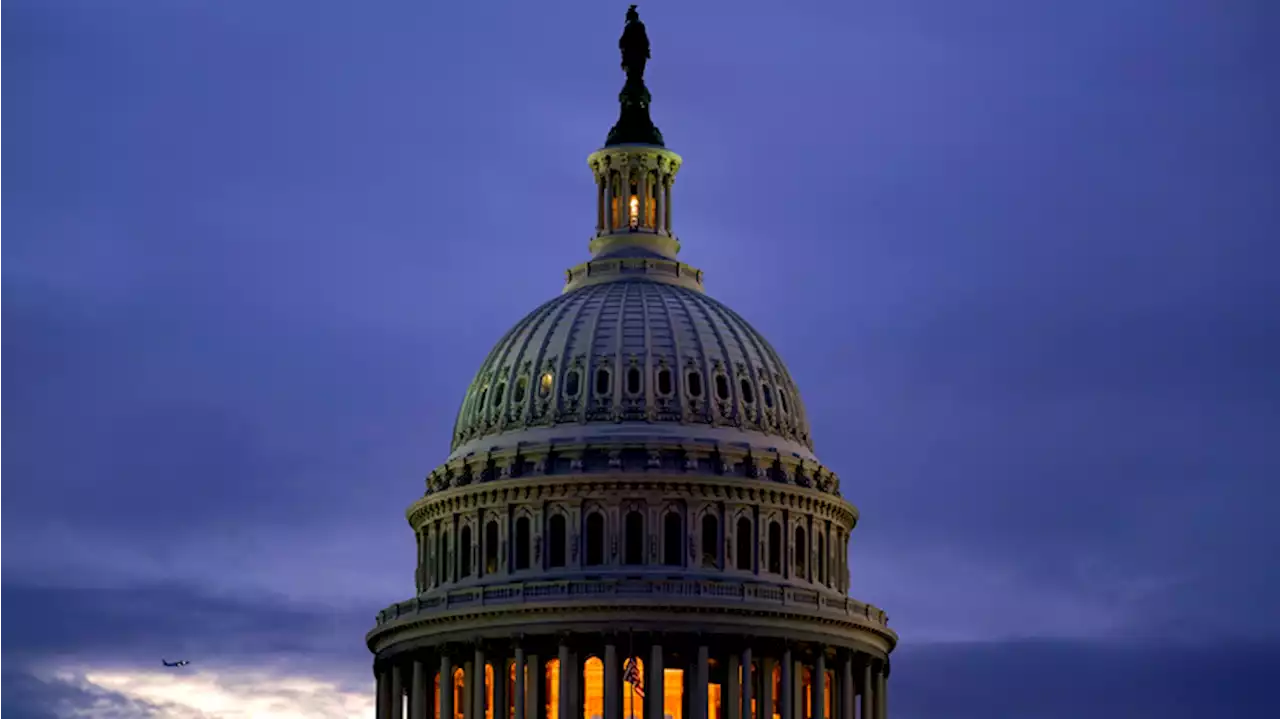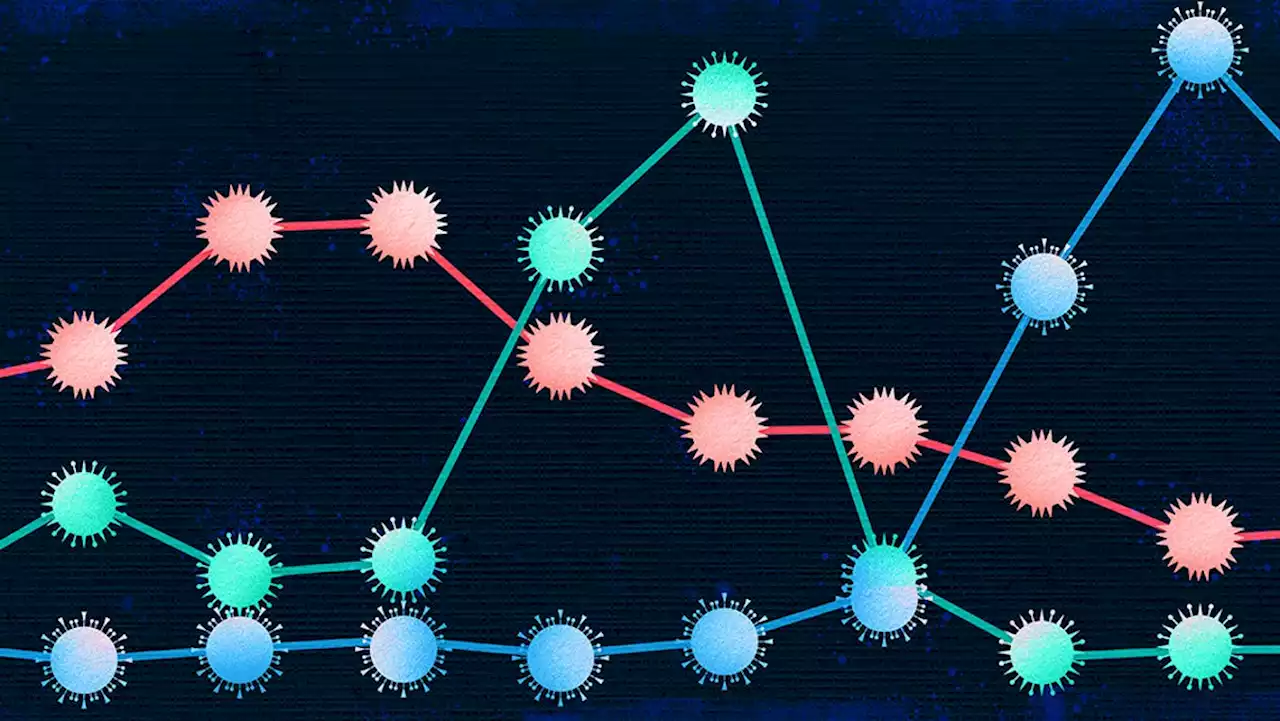The tripledemic unfolding this winter is one of several odd trends among respiratory virus infections these last years. Viruses, it turns out, can block one another and take turns to dominate.
has not definitively detected the B/Yamagata flu strain since March 2020.
Still, Webby thinks another factor may have kept them at bay while COVID raged. It’s called viral interference, and it simply means that the presence of one virus can block another.What is viral interference?
United States Latest News, United States Headlines
Similar News:You can also read news stories similar to this one that we have collected from other news sources.
 COVID, Flu, RSV Cases Finally DroppingCases of COVID, the flu, and RSV have been dropping and while health leaders say it’s a good sign, we’re not out of the woods yet.
COVID, Flu, RSV Cases Finally DroppingCases of COVID, the flu, and RSV have been dropping and while health leaders say it’s a good sign, we’re not out of the woods yet.
Read more »
 Flu, Covid-19 and RSV are all trending down for the first time in months | CNNA rough respiratory virus season in the US appears to be easing, as three major respiratory viruses that have battered the country for the past few months are finally all trending down at the same time.
Flu, Covid-19 and RSV are all trending down for the first time in months | CNNA rough respiratory virus season in the US appears to be easing, as three major respiratory viruses that have battered the country for the past few months are finally all trending down at the same time.
Read more »
 Why we have a debt ceiling, and why this trip to the brink may be differentWe have been here before. But this time the House's new Republican majority is largely driven by a faction that says it will hold the debt limit vote as a hostage to win policy changes.
Why we have a debt ceiling, and why this trip to the brink may be differentWe have been here before. But this time the House's new Republican majority is largely driven by a faction that says it will hold the debt limit vote as a hostage to win policy changes.
Read more »
 Scientists Discover “Virovory” – Eating Viruses Can Power Growth of MicroorganismsStudy first to investigate and demonstrate the effects of ‘virovory’ Over a single day, in the placid waters of a single pond, a million virus particles might enter a single-celled organism known for the minuscule hairs, or cilia, that propel it through those waters. Over the last three years, t
Scientists Discover “Virovory” – Eating Viruses Can Power Growth of MicroorganismsStudy first to investigate and demonstrate the effects of ‘virovory’ Over a single day, in the placid waters of a single pond, a million virus particles might enter a single-celled organism known for the minuscule hairs, or cilia, that propel it through those waters. Over the last three years, t
Read more »
Study links viral infections to Alzheimer’s, Parkinson’s—with many caveatsA massive data mining study has found numerous associations between common viruses like the flu and devastating neurodegenerative disorders such as Parkinson’s disease, Alzheimers disease, and ALS.
Read more »
 Study asks why uptake of bivalent COVID boosters lowJust 16% of Americans ages 5 and older have received the bivalent booster, which targets the original COVID-19 strain and the omicron BA.4 and BA.5 subvariants. Among adults 18 and older, the number isn’t much better — 18%.
Study asks why uptake of bivalent COVID boosters lowJust 16% of Americans ages 5 and older have received the bivalent booster, which targets the original COVID-19 strain and the omicron BA.4 and BA.5 subvariants. Among adults 18 and older, the number isn’t much better — 18%.
Read more »
